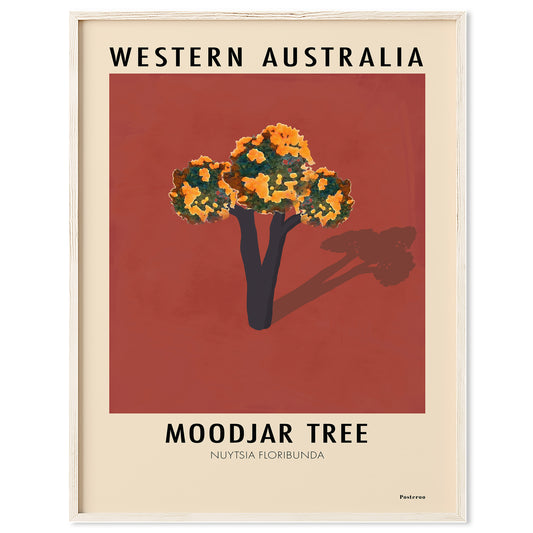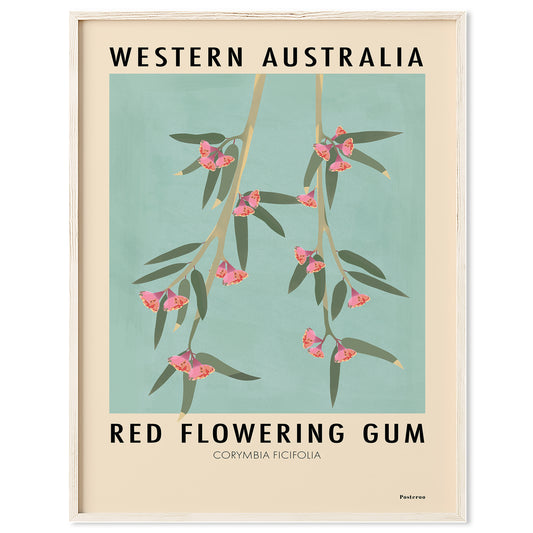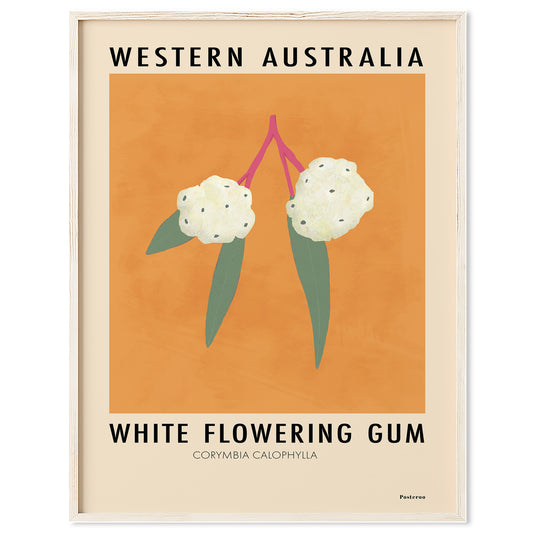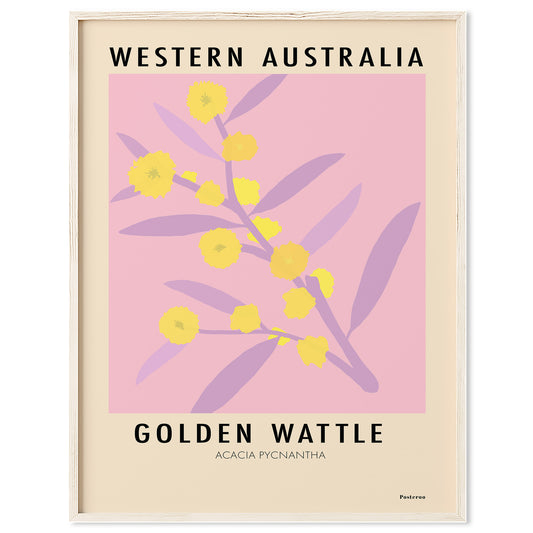The Noongar Seasons: A Harmony of Nature
In the vast tapestry of Australia's cultural heritage lies the rich tradition of the Noongar people, who have inhabited the southwest region of Western Australia for thousands of years. Central to their being is a profound understanding of the land and its rhythms, encapsulated in the concept of the Noongar seasons. These seasons, deeply intertwined with the natural world, offer not just a guide to survival but a profound spiritual connection to the land.
Unlike the conventional four seasons, the Noongar people recognize six distinct seasons, each marked by subtle changes in the environment. These seasons reflect the intricate balance of nature and serve as a calendar for activities such as hunting, gathering, and ceremonial rituals.-
Birak (December - January): Known as the season of the young, Birak marks the hot, dry summer months. It's a time when the earth is baked by the sun, and many plants shed their seeds, providing sustenance for animals.
-
Bunuru (February - March): As the summer heat persists, Bunuru brings with it dry easterly winds and the occasional thunderstorm. It's a time when coastal winds provide relief, and many plants begin to fruit, signaling abundance in the land.
-
Djeran (April - May): With the arrival of cooler temperatures, Djeran heralds the onset of autumn. It's a season of fertility, as many animals give birth, and plants continue to bear fruit. Noongar people traditionally burn the land during this time to promote new growth and clear pathways.
-
Makuru (June - July): Makuru marks the cold and wet season, characterized by frequent rains and chilly winds. It's a time when rivers swell, and many plants begin to flower, signaling the start of renewal and regeneration.
-
Djilba (August - September): As winter transitions into spring, Djilba brings with it warmer temperatures and longer daylight hours. It's a season of plenty, as many plants come into full bloom, attracting birds and insects in abundance.
-
Kambarang (October - November): Kambarang represents the season of birth and growth, as the land bursts forth with new life. It's a time when animals fatten up for the coming dry season, and Noongar people harvest a variety of plants for food and medicine.
Honoring Tradition, Preserving Wisdom
For the Noongar people, the knowledge of these seasons is not just a matter of survival but a sacred bond with the land. It's a reminder of their deep connection to country and the responsibility to care for it. The Noongar seasons offer a glimpse into a worldview that values harmony, reciprocity, and respect for the natural world.




